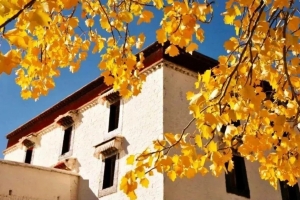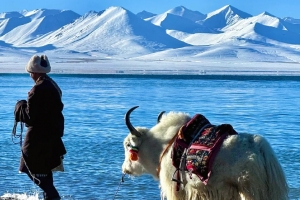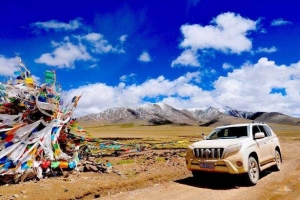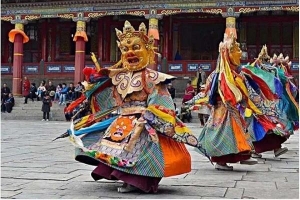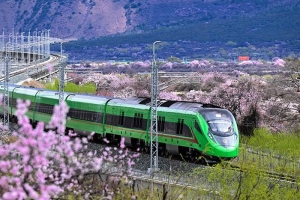Tibet is not just a place of towering mountains and sacred monasteries—it is also home to a rich linguistic mosaic that reveals its deep cultural layers. For travellers, understanding the languages spoken across this vast plateau can enrich both your experience and your interactions. While Mandarin is increasingly used in administrative and urban settings, Tibetan dialects remain dominant in daily life, especially in rural regions. This guide offers an overview of the key languages and dialects you’ll encounter, followed by practical travel insights to help you navigate this enigmatic region.
Tibetan Languages and Dialects
Tibetan isn’t a single uniform language, but rather a group of related dialects, many of which are not mutually intelligible. The most prominent and widely understood variety is Central Tibetan (Ü-Tsang), spoken mainly in Lhasa and across central and western parts of the Tibetan Autonomous Region. This dialect forms the basis for Standard Tibetan, which is used in education, media, and most formal communication within the region. When you see Tibetan phrases in guidebooks or signage, they’re usually drawn from this variety.
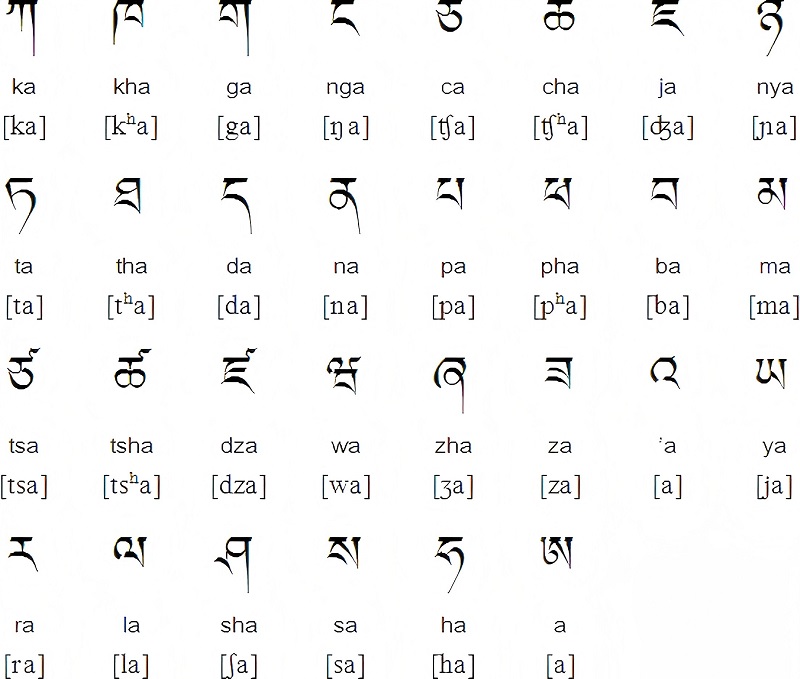
Tibetan Alphabet
Moving eastward, Khams Tibetan is spoken in the Kham region, including parts of eastern Tibet and western Sichuan. It is phonetically distinct and often challenging for Central Tibetan speakers to fully understand. In the northeast, Amdo Tibetan is used in the Amdo region (covering parts of Qinghai, Gansu, and northern Sichuan). Amdo is particularly divergent—it has no tones and retains some older linguistic features lost in other dialects, making it sound quite different even to native Tibetan ears.
In addition to these main varieties, smaller Tibetic languages exist in more isolated areas, such as along the Nepalese and Indian borders or among nomadic communities. These local dialects are often unintelligible to outsiders, including other Tibetans. Despite the rich diversity of Tibetan speech, Mandarin Chinese is increasingly used, particularly among younger Tibetans and in urban centres, due to education policies and national integration efforts. Most Tibetans today are bilingual to some degree, but the depth of fluency can vary sharply between rural and urban areas.
Mandarin Chinese
Mandarin is the official language of China and is increasingly prevalent in Tibetan towns and administrative centres. It is the language of government, education (particularly in urban areas), signage, and most official dealings. Younger Tibetans are often bilingual, with varying levels of fluency depending on region and schooling.

Chinese Calligraphy
In Lhasa, Shigatse, and other major towns, you’ll find Mandarin spoken widely—particularly in hotels, transport hubs, and restaurants. However, in rural areas, especially among the elderly, you may find little to no Mandarin spoken.
Sichuanese Mandarin
In eastern parts of Tibet, especially near the border with Sichuan province, you’ll hear regional variants of Southwestern Mandarin, most commonly Sichuanese. It differs notably in pronunciation and vocabulary from Standard Mandarin, and even native Mandarin speakers may find it difficult to understand at times.
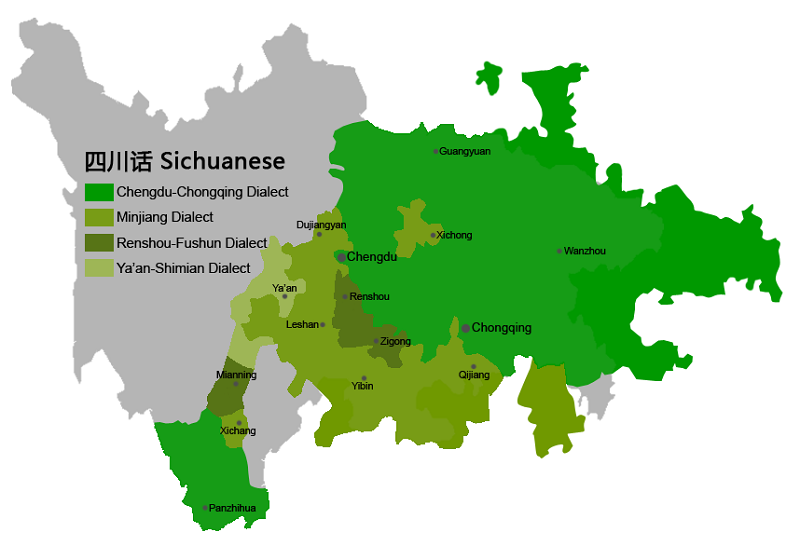
Sichuanese Dialectal Map
Sichuanese influences are particularly strong in towns like Garzê (Ganzi) or Dêgê, where Han Chinese settlers from Sichuan have formed substantial communities. While tourists can get by with Standard Mandarin, recognising the presence of local Mandarin dialects can explain some communication difficulties.
English
English is not widely spoken outside of tourism circles. In Lhasa and a few well-frequented towns, younger staff at guesthouses or tour agencies might speak some English, but do not expect fluency or deep conversations. It’s best to bring a translation app or phrasebook, and try learning a few Tibetan or Mandarin phrases—it goes a long way in building rapport.
Travel Tips for Language-Savvy Travellers
Bring Multilingual Tools
Google Translate or Pleco (for Mandarin) are useful. Tibetan language apps exist but are less comprehensive. Downloading offline packs is a must—mobile signal can be unreliable in remote areas.
Learn the Basics
Even just “tashi delek” (བཀྲ་ཤིས་བདེ་ལེགས་ – hello/good luck) in Tibetan or “ni hao” (你好 – hello) in Mandarin makes a difference. It shows respect and can open doors to more genuine interactions.
Hire a Local Guide
Especially outside Lhasa, a Tibetan-speaking guide is invaluable. Not only do they ease communication, they also help you navigate local customs, sacred etiquette, and often provide cultural insights no book can offer.
Mind the Scripts
Tibetan is written in its own elegant script, which is different from Chinese characters. In tourist zones, signs may be trilingual (Tibetan, Mandarin, English), but elsewhere only Tibetan and Chinese are used. Recognising key place names in both scripts can prevent confusion.
When and Where to Use Each Language
| Location | Most Spoken Language(s) | Notes |
|---|---|---|
| Lhasa | Central Tibetan, Mandarin | Many locals are bilingual; Mandarin works well in shops/hotels |
| Shigatse | Central Tibetan, Mandarin | Similar to Lhasa; Tibetan more common in informal settings |
| Nyingchi | Mandarin, some Tibetan | Due to proximity to Han areas, Mandarin is more dominant |
| Chamdo | Khams Tibetan, Mandarin | Very little English; Mandarin required for logistics |
| Ngari | Central Tibetan dialects | Remote; Mandarin rare, Tibetan essential |
| Garzê/Dêgê | Khams Tibetan, Sichuanese Mandarin | Tibetan dominant but Han settlements speak local Mandarin |
| Amdo (e.g., Xining, Rebgong) | Amdo Tibetan, Mandarin | Amdo is tough linguistically—many use Mandarin in formal settings |
Tibet’s linguistic landscape is as rugged and layered as its geography. Whether you’re trekking the snowy passes of Kham or wandering through the incense-filled corridors of Lhasa’s Jokhang Temple, being aware of the languages spoken helps you tread more respectfully and intelligently.
Even if you don’t become fluent in any of them, showing an interest in the local languages will be warmly received. In Tibet, language is not just a means of communication—it’s a living symbol of heritage, resistance, and identity.

